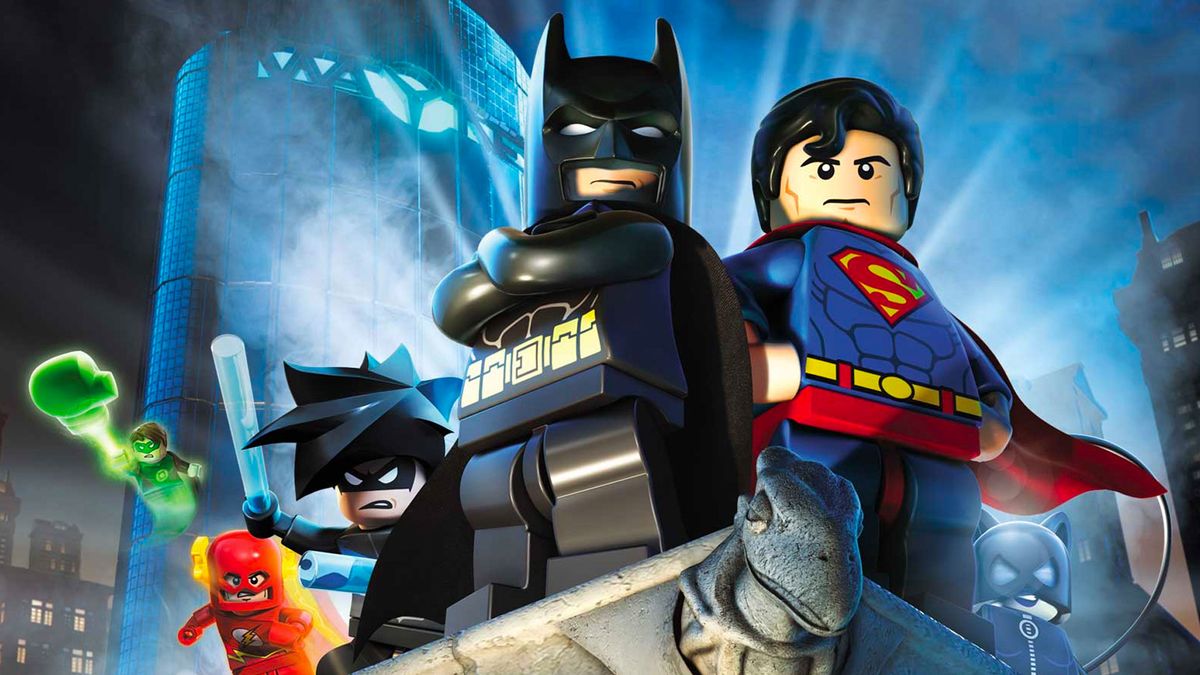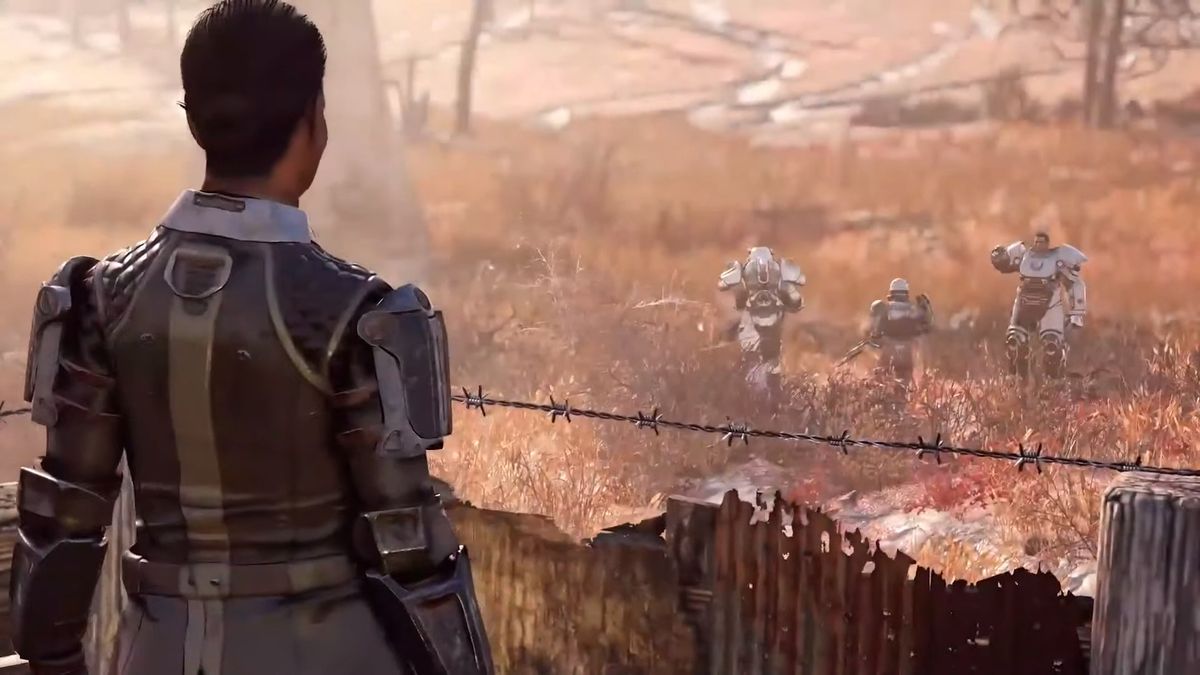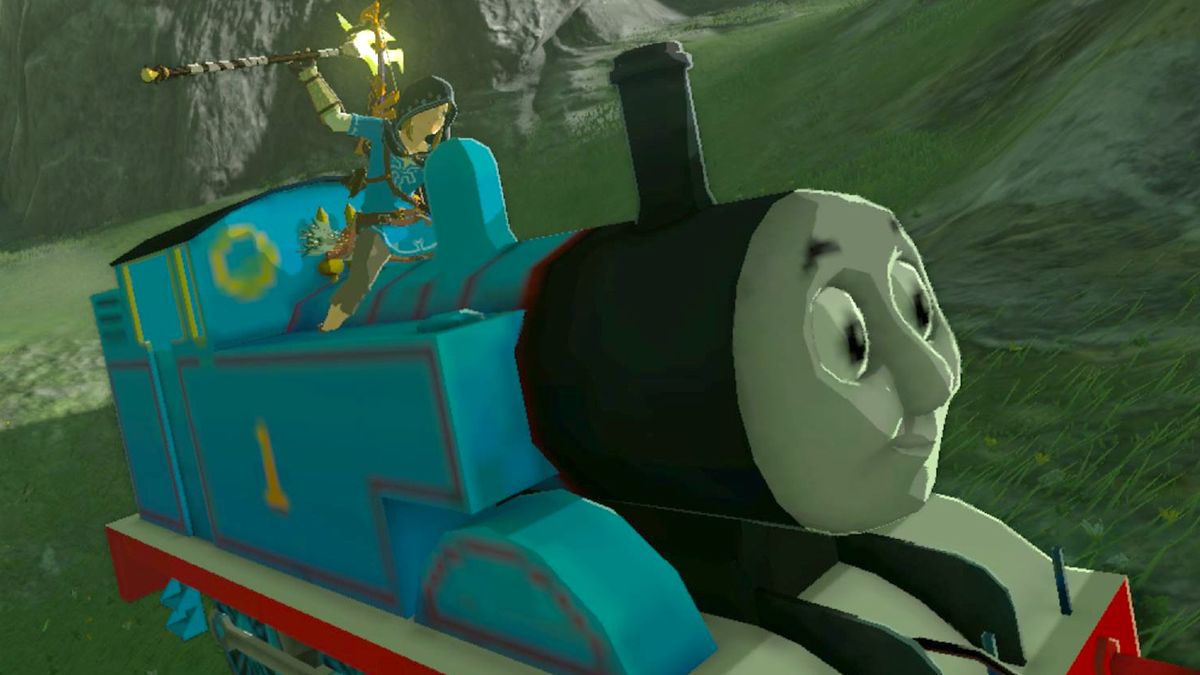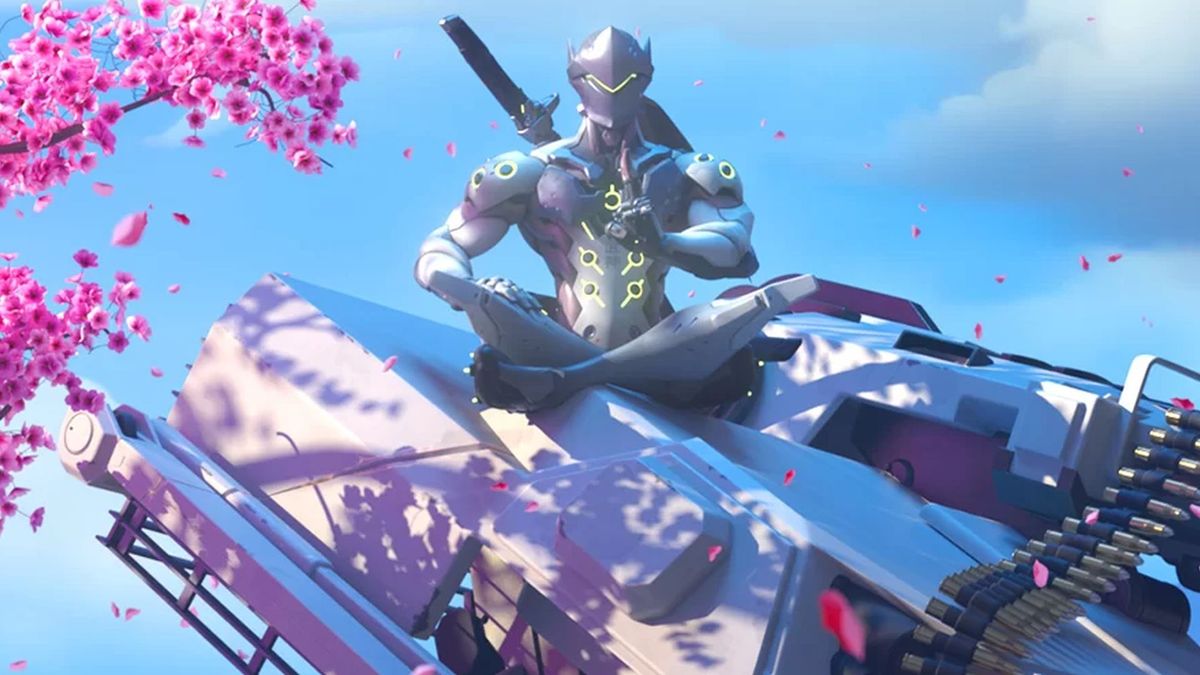Architectural and science fiction technical illustrator, John R Mullaney, talks to blogger Kell Harker about his detailed artworks, in particular, his Serenity Cutaways

The highly talented John Mullaney is one of the UK’s leading architectural technical illustrators, and lucky for us geeks, has a love for science fiction. Before the release of the Serenity cutaways, John was an illustrator for the Star Wars Incredible Cross Section series for Lucasbooks and has also had work published with Dorling Kindersley for their Doctor Who Visual Dictionary and Batmobile Owners Manual . And if you were at Atlanta’s DragonCon in 2006 you might have seen him showcasing his amazing cross-section artwork of the Dropship from James Cameron’s Aliens. He also later that year painstakingly produced the Terminator Endoskeleton. The limited edition collectable prints for purchase on his site will make any sci-fi fan drool; it’s obvious that John has a passion for producing awe-inspiring illustrations.
It’s this blogger’s opinion (although I’m sure you will agree) that John R Mullaney should be a celebrated illustrator throughout the ’verse. Feeling blown away by his talent, I was extremely grateful and excited to interview him.
What aspect of science fiction motivates you as an artist?
John: “I love hardware, especially airborne hardware. Although there are plenty of opportunities to depict that subject matter in the real world, science-fiction is a genre inherently rich with machines and architecture that don’t need to conform to the limitations of the real world. So what excites me is when you can indulge that sense of imagination within an artwork, all the while striving to give the subject matter a real plausibility. It’s sort of like that suspension of disbelief you have when you’re watching a great film – you forget you’re watching actors within a production and instead get sucked into the details of their world and story. I like to aim for that same effect, so that when you look at one of my artworks, the detail and finish hopefully make you think: ‘This is a real machine.’”
Can you recall the moment –the point of inspiration – when you decided that you that wanted to create artworks from sci-fi film and television?
John: “My school exercise books were covered with drawings of spaceships, cars, machines, etc, but it wasn’t until I’d worked on the Star Wars Incredible Cross-Section books that it occurred to me that professionally drawing sci-fi didn’t have to stop with the Millennium Falcon. There were so many franchises that I loved that I could depict. The question then was: where do I start?”

Has there ever been a commission that you didn’t really want to illustrate, or is it important to you that you feel passionately about everything you work on?
John: “Obviously you have to be very lucky to have a passion for every single commission and I’ve painted enough uninspired real world architecture to know that. But I also know that I create my very best work when my heart’s deep in it.”
Your Publishing Gallery is quite impressive. What sci-fi ship, vehicle or character was the most challenging to illustrate?
John: “The Serenity artworks were quite a challenge just by virtue of the sheer volume of visual information that needed to be shown within the five main artworks. Producing Mos Eisley for DK’s Incredible Star Wars Cross-Sections was a labour of love involving much VHS wobbly freeze-framing and detailed email discussions between myself and John Kelly (art editor) and Curtis Saxton (series consultant). We used a lot of clues to achieve the correct geographical relationship between buildings glimpsed in various scenes; shadow directions, time of day, time between scenes, route details from the film’s novelization, etc. It was deep science.
“The Aliens dropship was also a very involved piece. James Cameron has always said its design was heavily influenced by military aircraft from the late 1960’s/early 70’s. So I acquired some really detailed reference photography of a Soviet attack helicopter from that era – which features many similar components (such as the chin mounted machine gun) – and used that to create really authentic looking aviation engineering. The challenge is always to merge real world elements (or something resembling reality), with the sci-fi vehicle’s design, so that form follows function.”

During each stage of the Serenity Architectural Cutaways poster set you used suggestions and comments from a group of knowledgeable Browncoats called The Braintrust. Why do you think fans are so passionate about Firefly , and how was that valuable during your illustration process?
John: “Well, I think Firefly just shook up science fiction, which as a genre can sometimes get into a rut. By getting away from that sometimes sterile version of the future and instead making the characters and environments very human, Joss Whedon created a world that appealed to a broader audience – you don’t need to be a fan of science-fiction to love Firefly.
“When you then come to depict a franchise that is adored as Firefly , you have to make damn sure you don’t get anything wrong. The Braintrust not only made sure everything within my artworks was correct but they helped me improve the illustrations by suggesting improvements and additions that would never have occurred to me. I’m really indebted to those guys.”

What challenges did you face during the poster set’s three-year development?
John: “Apart from getting to grips with the technology (using 3D modeling software to set up the views of the models ,etc), the biggest challenge was reconciling Serenity’s evolving design throughout the series and then the film into one design. It’s not something you necessarily notice until you start looking closely, but then you realise that there are loads of subtle but conspicuous differences in Serenity’s design, even between episodes of the television series. I treated the film as the most canon of reference points but I used the series to reference the details not seen in the film. Having established that, I had to then make it match the QMX blueprints and then fit the two within the view of the model. So the pencil stage is really challenging, but once that’s nailed, you’re flying.”
It’s incredibly interesting to see the production process behind your Serenity artworks :
Were you relieved when you completed the poster set, or did you enjoy every part of the illustration process?
John: “Both. It’s really satisfying to get your teeth into such a significant amount of work but you can’t beat the moment when you stand back and see what all the hard work has accomplished. Seeing them then further enhanced by the amazing Geoffrey Mandel ( Serenity ’s graphic designer) was really exciting.”
The poster set is already a treat for Browncoats, but as a shiny extra you’ve riddled the illustrations with Easter Eggs. How did you decide on which props from the series to include?
John: “I’m a big fan of Easter Eggs and love to include in-jokes. It’s something Spaced did so well and there’s a huge satisfaction that comes as a viewer from spotting a discreet reference and being able to say, ‘I get it!’ So I approached the Easter Eggs as I did the whole piece – as a fan first and as an illustrator second – and asked myself, ‘If someone else was producing these, what would I want to see?’ Any prop belonging to a character was an easy choice, so Vera, Jayne’s hat & guitar, Kaylee’s dress, etc were givens. I also used the Firefly Companions which contain great reference shots of props that are really briefly glimpsed – the most notorious of which was the Han Solo in Carbonite model. That had to go in.”
What are you planning to work on next?
John: “My most immediate project will be an artwork of Concord – standing underneath her as she took off was the closest I’ve come to witnessing science fiction in the real world. Beyond that there are so many characters and vehicles I’d love to depict: Iron Man, Robocop’s Ed 209, the Terminator HK’s, as well as a few less likely but beloved television favourites such as Airwolf. But the big daddy I’m trying to make happen is a series – or book – of artworks depicting all the hardware and locations from the Alien films. The dropship artwork whetted my appetite and, it seems, quite a few other people’s. I’d love to pay homage to the beautiful production design from those films with a series of cutaway and non-cutaway artworks depicting the Sulaco, the Nostromo, the Betty, the APC, Hadley’s Hope… the list goes on and on. I love those films so much and admire the way the film-makers worked so hard to ground the narrative with such real-looking technology.”

Thanks, John! Stay shiny!
- Visit John’s official site to get the latest news about his work, or follow him on Twitter.
- Limited Edition Artist Proofs of both the Aliens Dropship and the Serenity Architectural Cutaways poster set can be bought from his website.
- Regular editions of the Serenity artworks can be purchased from QMx Online.
- You can win original artwork by entering the Serenity ”Spot The Prop” contest by the end of April – details on John’s website.
- Special thanks to Wendy Scott of Sending a Wave – The UK Based Firefly/Serenity Podcast for arranging this interview.
- Read more contributions by Kell and the other bloggers by clicking the blogs category at the top.





 Game News Video Games Reviews & News
Game News Video Games Reviews & News



